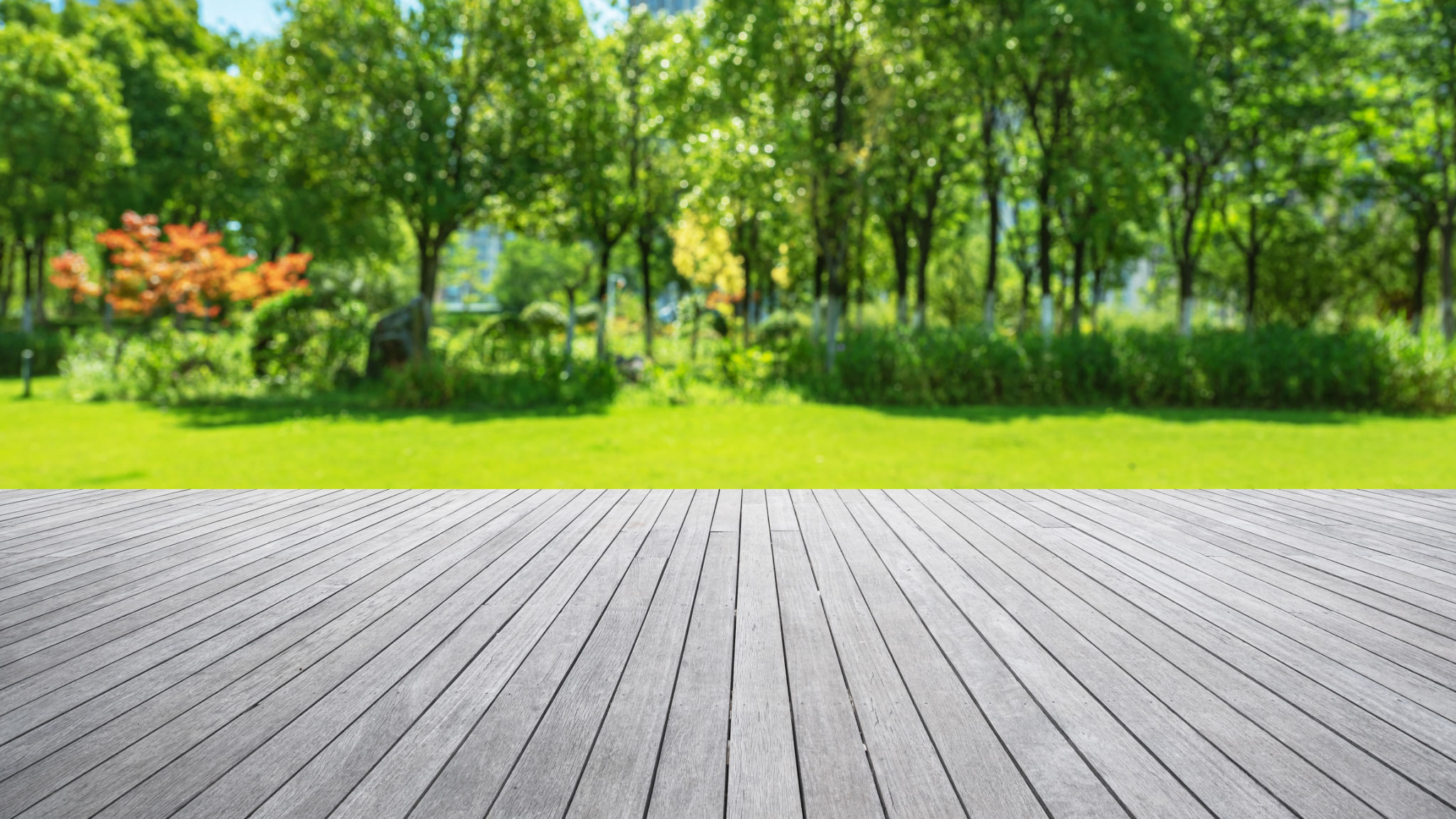Fiberon vs. Nexgen Outdoor Wood: Which is the Better Choice for Your Deck?
Introduction to Composite Decking Options
When it comes to building a deck that will stand the test of time while requiring minimal maintenance, composite decking is a popular choice. Among the leading brands, Fiberon and Nexgen Outdoor Wood are often compared for their durability, aesthetics, and value. In this post, we will explore the key differences between these two options to help you make an informed decision for your outdoor space.
Durability and Longevity
One of the primary reasons homeowners choose composite decking is its promise of durability. Fiberon is renowned for its high-performance materials that resist fading, staining, and mold. Its capped composite technology ensures that the boards can withstand harsh weather conditions without losing their integrity.
Nexgen, on the other hand, also offers excellent durability with its advanced co-extrusion technology. This process creates a strong, protective shell around each board, providing resistance against scratches and UV rays. Both brands offer warranties that reflect their confidence in product longevity, with Fiberon offering up to 50 years and Nexgen up to 25 years.

Aesthetic Appeal
When it comes to aesthetics, both Fiberon and Nexgen Outdoor Wood provide a variety of styles and colors to complement any home design. Fiberon's collection features multi-tonal shades and realistic wood grain patterns that mimic the appearance of natural wood. This allows homeowners to achieve a classic look without the upkeep associated with traditional timber.
Nexgen also offers a range of stunning colors and finishes. Their boards are designed to maintain their vibrant appearance over time, thanks to their fade-resistant properties. The choice between the two often comes down to personal preference in terms of texture and color variations.
Environmental Considerations
Environmental impact is an important factor for many consumers today. Both Fiberon and Nexgen are committed to sustainability. Fiberon is made from recycled materials, using a process that minimizes waste and energy consumption. This eco-friendly approach extends to their manufacturing facilities, which operate with a focus on sustainability.

Nexgen also prioritizes environmental responsibility by utilizing recyclable materials and eco-conscious manufacturing processes. Choosing either brand supports a greener planet, but Fiberon’s extensive use of reclaimed wood fibers gives it an edge in eco-friendliness.
Cost and Value
Cost is often a deciding factor when choosing between decking options. Fiberon tends to be slightly more expensive than Nexgen, but it offers a longer warranty period and superior long-term performance. The initial investment may be higher, but the reduced maintenance costs can provide better value over time.
Nexgen offers competitive pricing with high-quality results, making it an attractive option for budget-conscious homeowners who still want the benefits of composite decking. Ultimately, the choice between cost and value will depend on your long-term goals and financial considerations.
Conclusion
Both Fiberon and Nexgen Outdoor Wood offer excellent choices for composite decking, each with its unique strengths. Fiberon stands out for its long-lasting warranties and eco-friendly production, while Nexgen appeals with its affordability and robust protection features. When deciding between these two brands, consider factors like budget, environmental impact, aesthetic preferences, and desired longevity.

Whichever option you choose, investing in quality composite decking will enhance your outdoor living space and provide years of enjoyment with minimal maintenance. Take your time weighing the options to ensure your deck is both beautiful and built to last.